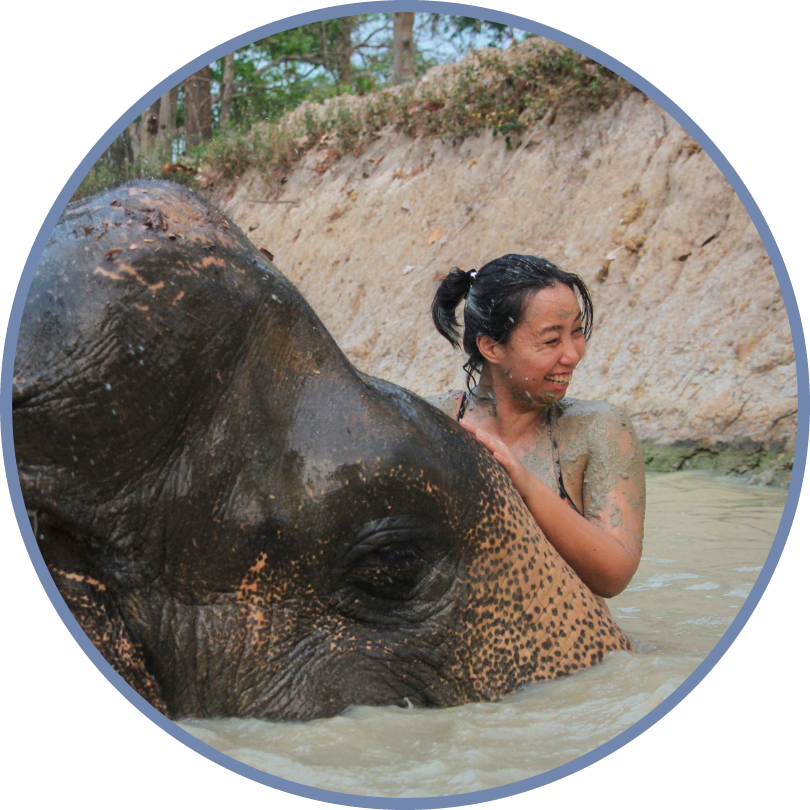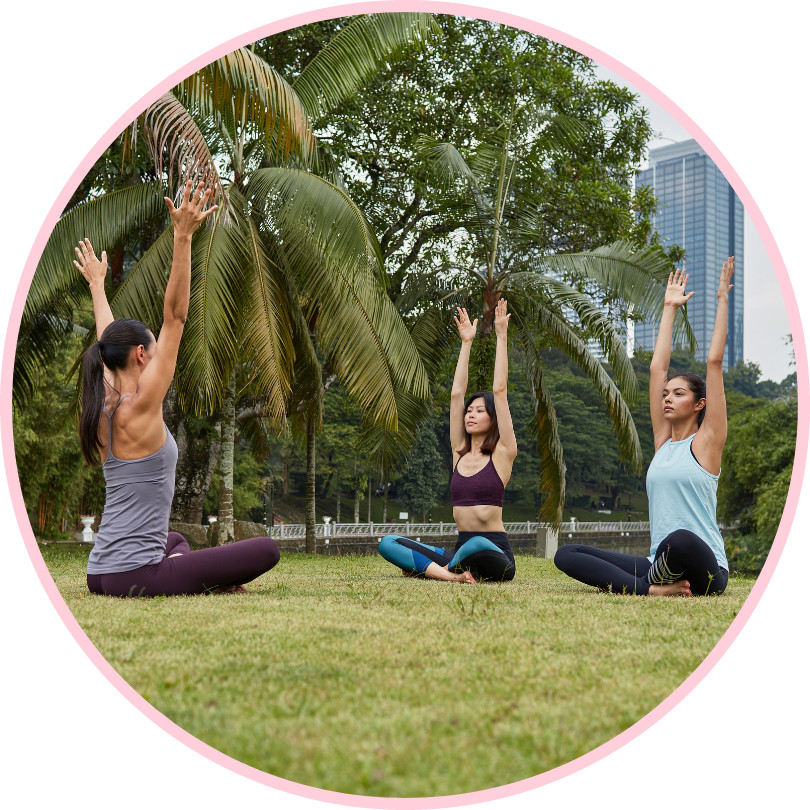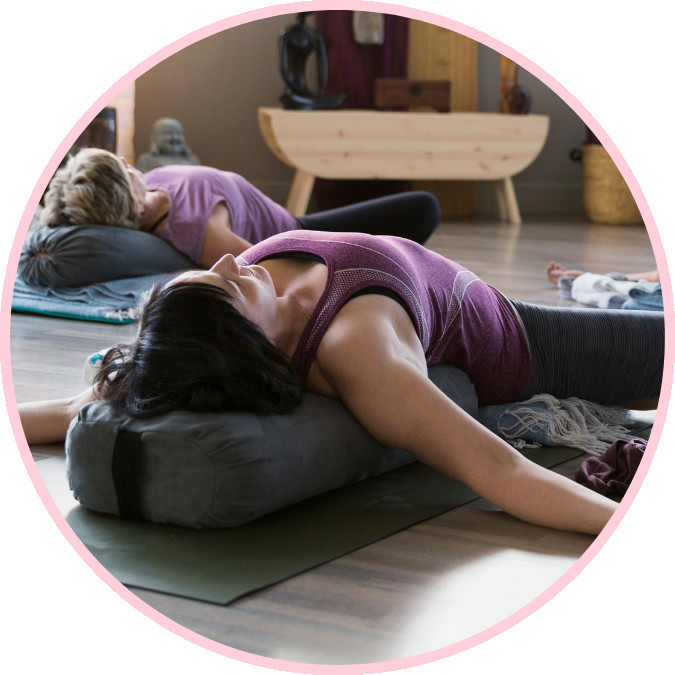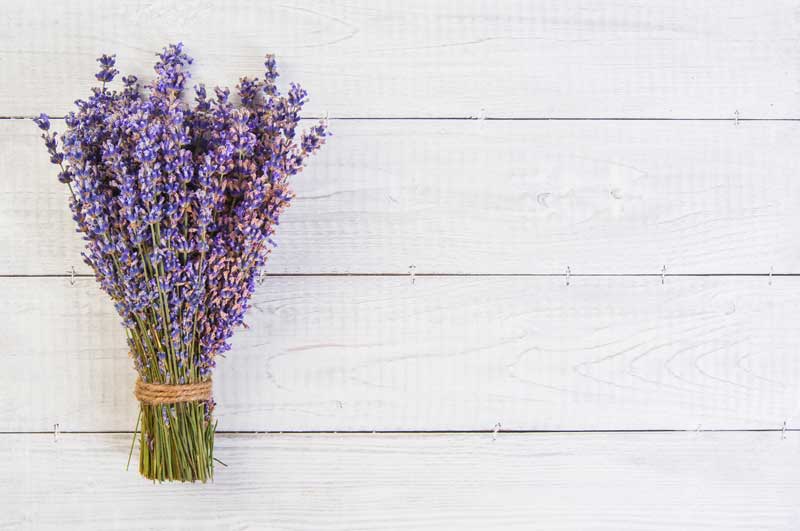In this blog post, we explore the art and science of stretching and how it can improve vitality and well-being. We talk briefly about two types of stretches: passive stretching, where muscles are relaxed, and active stretching, where muscles remain engaged. Depending on the purpose, you may experience either passive or active stretches in your practice. The benefits of stretching include improved flexibility, enhanced circulation, and reduced stress levels. To incorporate stretching into your routine, approach it with mindfulness and intention, starting slowly and gradually increasing duration. Read more for a simple stretching routine and tips for mindful stretching. Join the conversation by sharing your favorite stretching routines or asking questions in the comments section. Stay tuned for the next blog post on the transformative practice of mindfulness meditation.
Read more...Deep stretching refers to a form of stretching that involves holding a particular position, often involving a specific muscle group, for an extended period of time. Unlike dynamic stretching, where movements are more fluid and involve active muscle engagement, deep stretching is passive and focuses on relaxation and gradual lengthening of muscles and connective tissues.
This type of stretching is commonly associated with practices like yoga and Pilates, where poses are held for longer durations, typically ranging from 1 to 5 minutes or even longer. The goal of deep stretching is to encourage the muscles to relax and release tension, which in turn can lead to increased flexibility, improved range of motion, and reduced muscle stiffness.
Read more...








